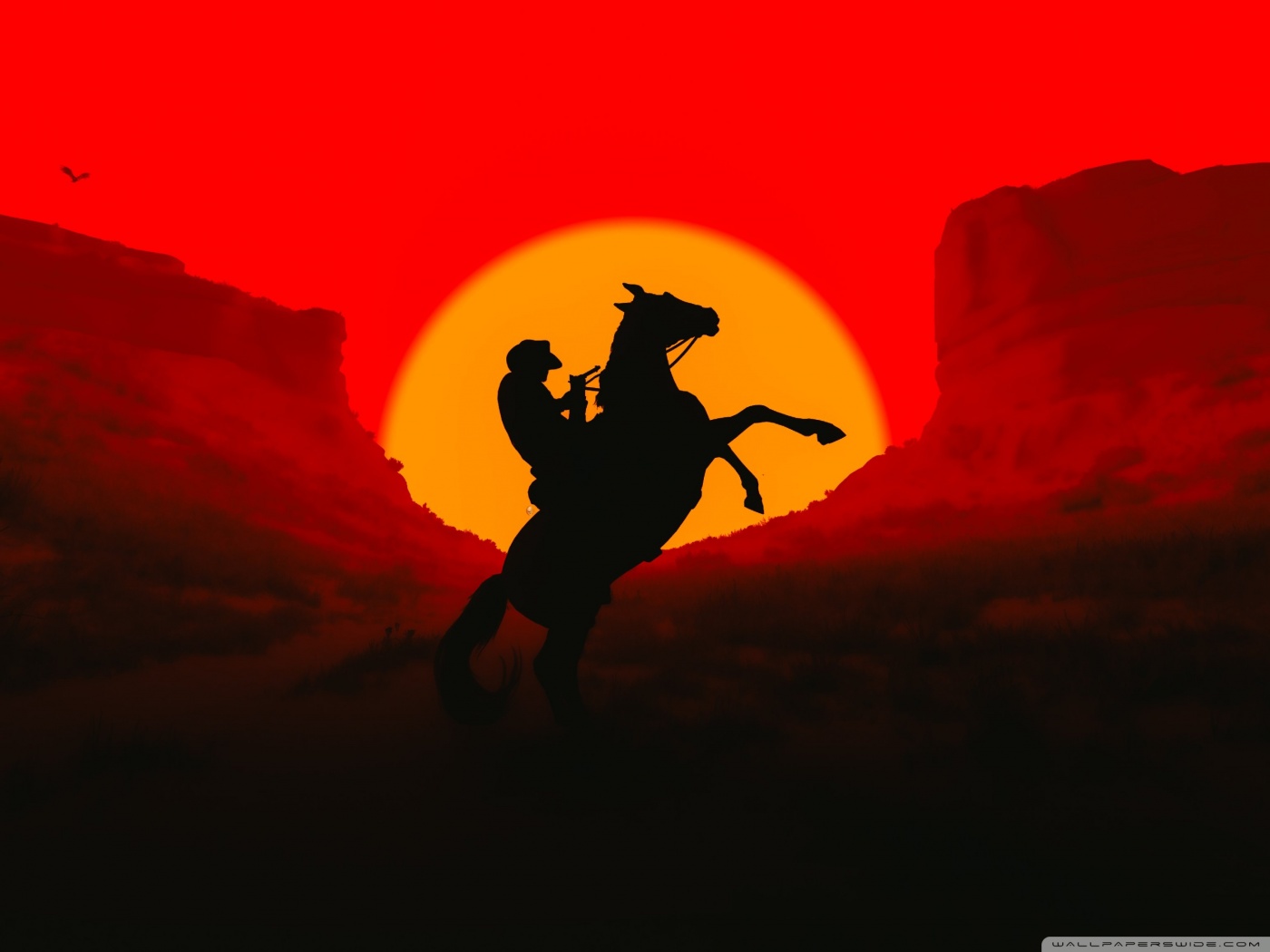Sergio Leone’s The Good, The Bad and The Ugly stands as a landmark in the Spaghetti Western genre. Set against the backdrop of the American Civil War, the film follows three main characters: Blondie (Clint Eastwood), a cunning bounty hunter; Angel Eyes (Lee Van Cleef), a ruthless mercenary; and Tuco (Eli Wallach), a comical yet resourceful bandit. Their intertwined fates revolve around a hidden treasure of gold, leading to a tense and unpredictable showdown.
The performances are nothing short of legendary. Clint Eastwood’s portrayal of Blondie is iconic, showcasing his trademark stoicism and moral ambiguity. Lee Van Cleef brings a chilling intensity to Angel Eyes, effectively capturing the essence of a cold-hearted villain. Eli Wallach’s Tuco provides a delightful contrast with his energetic and humorous demeanor, creating a dynamic that elevates the film’s emotional depth. Their chemistry drives the narrative, making each character’s motivations compelling and relatable.
Cinematographically, The Good, The Bad and The Ugly is visually stunning. Tonino Delli Colli’s cinematography beautifully captures the arid landscapes and gritty realism of the Wild West. The film’s pacing, directed by Leone, is deliberate and immersive, building tension through long, drawn-out scenes that culminate in a gripping climax—the iconic three-way standoff.
In my opinion, this film is a masterpiece that not only defines the Western genre but also showcases the power of visual storytelling. The blend of humor, suspense, and moral ambiguity resonates with audiences, making it relevant even today. I highly recommend The Good, The Bad and The Ugly to anyone interested in cinema; it’s an experience that leaves a lasting impression, blending artistry with engaging storytelling in a way that few films can.

